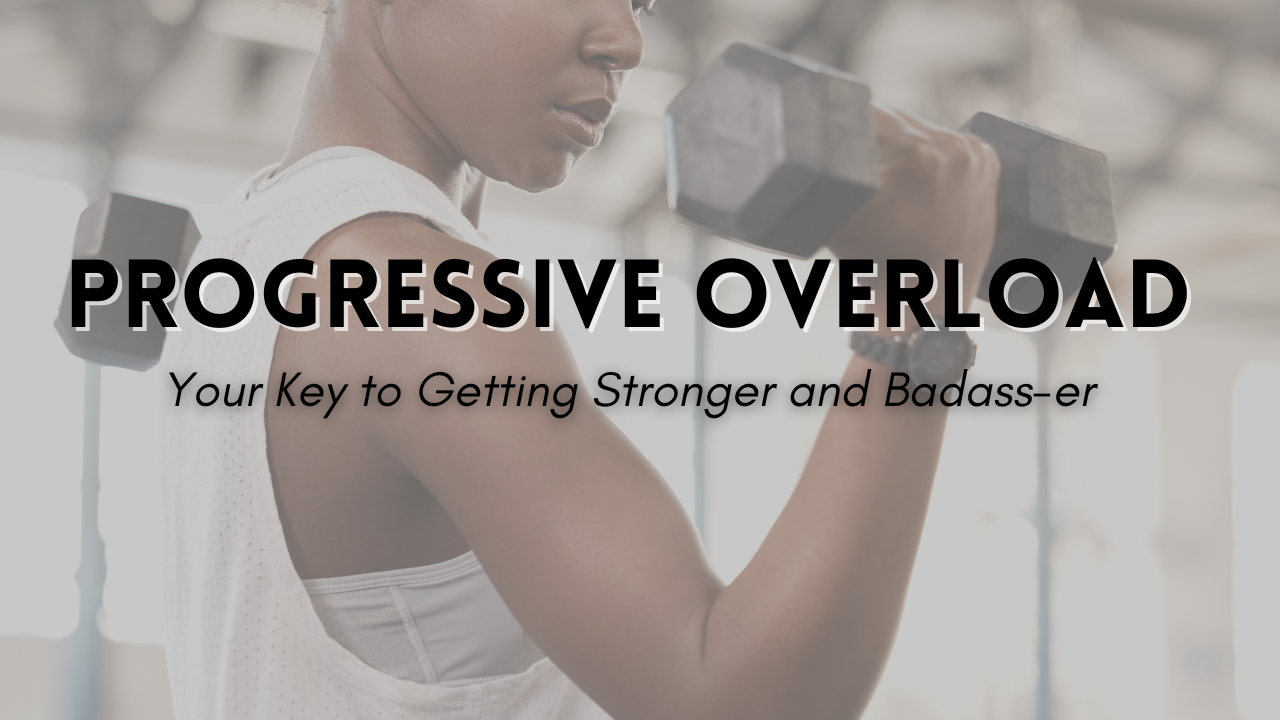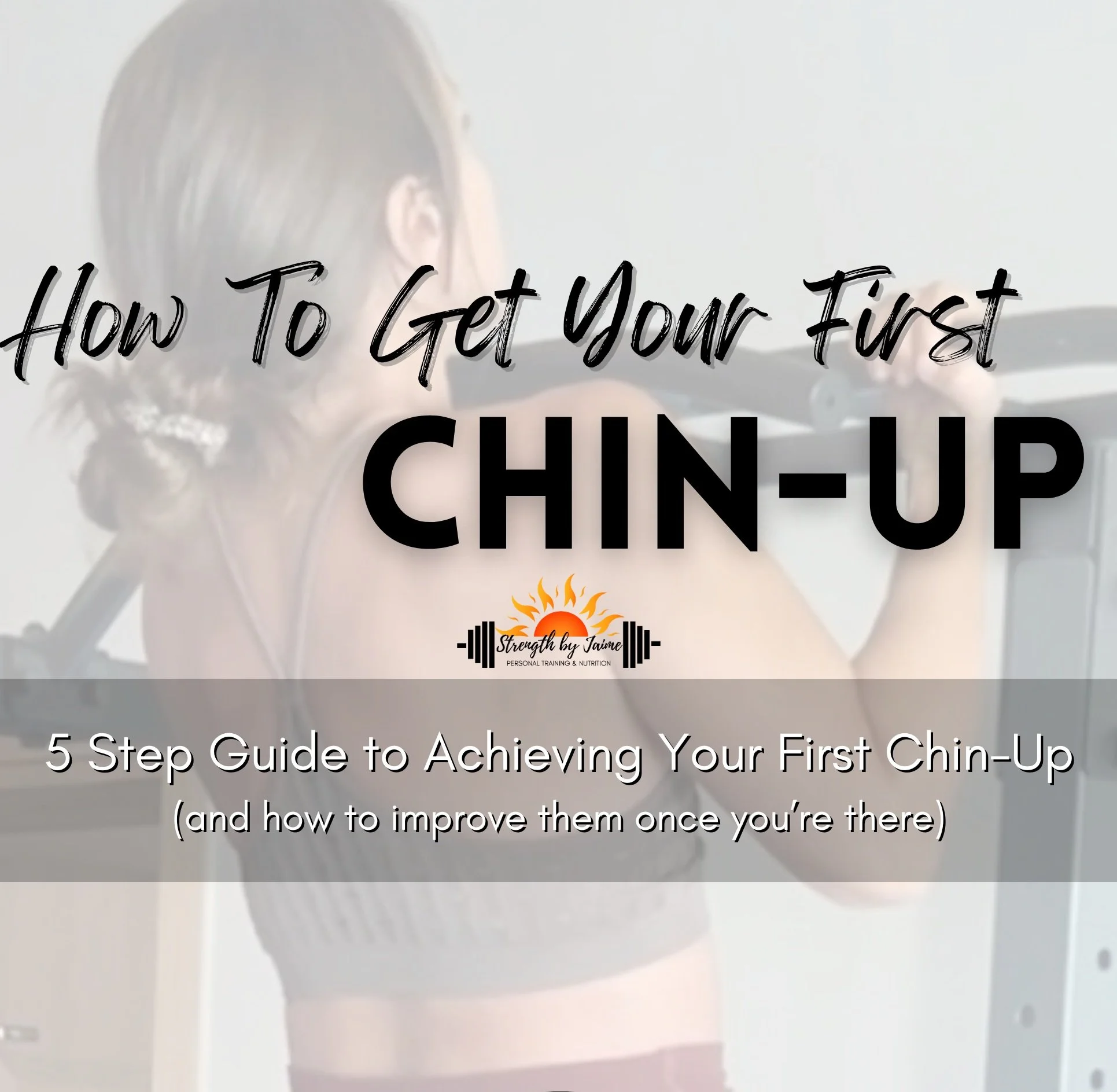What Is Progressive Overload? Your Key to Getting Stronger and Badass-er
If you’ve ever wondered how you are supposed to lift heavier every workout, it’s probably time to truly understand the concept of progressive overload. This term sounds like it could apply to a frustrating software update or maybe your to-do list at work, but it’s actually the true formula for getting stronger, building muscle, and seeing real progress in the gym.
So what exactly is progressive overload? And how can you apply it to level up your workouts without feeling like you’re in an endless grind? Grab your weights (or just a comfy spot to read), and let’s break it down!
What Is Progressive Overload, Anyway?
At its core, progressive overload is the concept of gradually increasing the demands on your muscles over time. When you lift weights or do any strength training, your body responds by adapting. To keep those adaptations going—like building more muscle and strength—you need to progressively add a little more load to the work you’re doing, over time.
Think of it this way: If your muscles were people, progressive overload would be that tough-but-supportive friend who encourages you to get out of your comfort zone (and maybe rolls their eyes if you try to skip leg day). Without adding that true challenge 80% of the time, you are simply asking your body to do what your body can already do… which is great if you’re on vacation, but not so great if your goal is to see progress.
For strength, muscle growth, and endurance, progressive overload is the key to results. When you continually add stress to your body that your body is then forced to adapt to, it leads to getting stronger, faster, and better. This stress is also proven in women in particular to help regulate baseline hormone levels (like the dreaded but necessary cortisol), increase or maintain lean muscle mass, as well as improve or maintain bone density as we age.
Don’t worry about the word “stress”…acute stress is good. It’s the signal to your body to change and improve. It’s chronic stress we want to avoid, like constantly chasing the calorie burn while under-eating, under-sleeping and working long hours trying to get that project done while figuring out how you’re going to manage 3 kids’ sports schedules this quarter.
In fact, those intentional bouts of acute stress you apply in the gym utilizing progressive overload properly will help balance your hormone levels during those times of unintentional chronic stress.
How to Apply Progressive Overload (Beyond Just “Lifting Heavier”)
When people think of progressive overload, they often assume it’s all about lifting more weight each week. But there are so many ways to progressively overload your body and muscles! Here are some you might not have thought of:
Lift More Weight (The Classic Way)
Yep, lifting heavier is the obvious choice. If you’re comfortably doing 8 reps with a weight, try upping it to a weight where 8 reps is challenging. Just remember: “comfortably” and “progress” don’t usually hang out together.Do More Reps at the Same Weight
If you’re not ready to go up in weight, try adding a few more reps. That same dumbbell can feel a lot heavier when you go from 8 reps to 12! I often have my clients do an AMRAP set in their training regularly to test how many they can really do with that weight.Improve Your Form
Perfecting your form may not feel like you’re adding “load,” but it is. Proper form engages muscles more effectively, making them work harder and ensuring they’re doing the job (without recruiting other muscles for help). One way to progressively overload if you aren’t ready or desiring to increase weight or reps is to do the same reps and weight but with better form! Sink deeper into that squat or focus on activating your glutes more in those RDLs. Sometimes even the most advanced lifters need to step back on increasing weight/reps to focus on depth, control and stability so no matter your lifting level, this is a fabulous way to continuously push for improvements.Add More Sets
If you usually do three sets of squats, try doing four. You will definitely feel it.Better Recovery & Lower RPE (Rate of Perceived Exertion)
Sometimes, doing the same weight and reps but with less perceived effort means you’ve gotten stronger. Notice how heavy a weight “feels” over time, and if it starts feeling easier, you’re progressing.Slow Down the Tempo
If you usually rush through a set of bicep curls, try slowing it down. Lowering a weight over a count of 3-4 seconds (also called eccentric training) can add a surprising challenge.
Real-World Examples: Try These Progressive Overload Techniques in Your Next Workout
To make it even easier, here’s a list of concrete ways you could apply progressive overload in your next workout.
Bench Press: If you usually bench 65 pounds for 8 reps, try either adding 5 pounds or pushing for 10 reps with 65 pounds.
Squats: If three sets of squats at 50 pounds feels tiring but doable, either increase to four sets or try 55 pounds for three sets.
Deadlifts: If you can deadlift 100 pounds for 8 reps but feel your form slipping by the end, work on perfecting every rep at that weight. When every rep is rock-solid, then think about moving up.
Pull-Ups: If you can do 3 pull-ups in a row, try going for a fourth, or add an extra set with 3 pull-ups each. Alternatively, try slowing down your lowering phase (eccentric) for a major burn, or adding a 5lb weight to your waist.
Tips to Stay Consistent with Progressive Overload
Progressive overload is all about small, consistent improvements over time. It’s not a sprint; it’s a marathon (and luckily, not the kind where you have to actually run). Here’s how to keep it going:
Track Your Workouts: Keep a workout log, use an app, or just jot down what you did on your phone. Tracking helps you see what’s working and makes it easier to build on past progress.
Train to Get Better/Faster/Stronger: Too many women workout chasing a calorie burn. This isn’t the way to truly progress. Take a chill pill, slow it down, and aim for a true goal each workout. Make sure to really examine what you did last week in terms of reps and sets, and make a small goal for what you plan to accomplish for the next workout.
Take Rest Seriously: Progressing doesn’t mean you have to go harder every day. Your body needs rest to recover and adapt, so be kind to it!
Listen to Your Body: Know the difference between “this is hard” and “this feels wrong.” Pushing through discomfort is part of the process, but pushing through pain is not.
Celebrate Small Wins: Every time you add a rep, increase weight, or improve your form, it’s a win. Progress is progress, no matter how small.
Final Takeaway: Embrace the Journey
Progressive overload is what keeps your workouts fresh and your intrinsic motivation high. So, next time you hit the gym, try adding just a little more—whether it’s weight, reps, or better form. With a sprinkle of progressive overload in every workout, you’ll be stronger and closer to your goals in no time.
Now, let’s get lifting!





